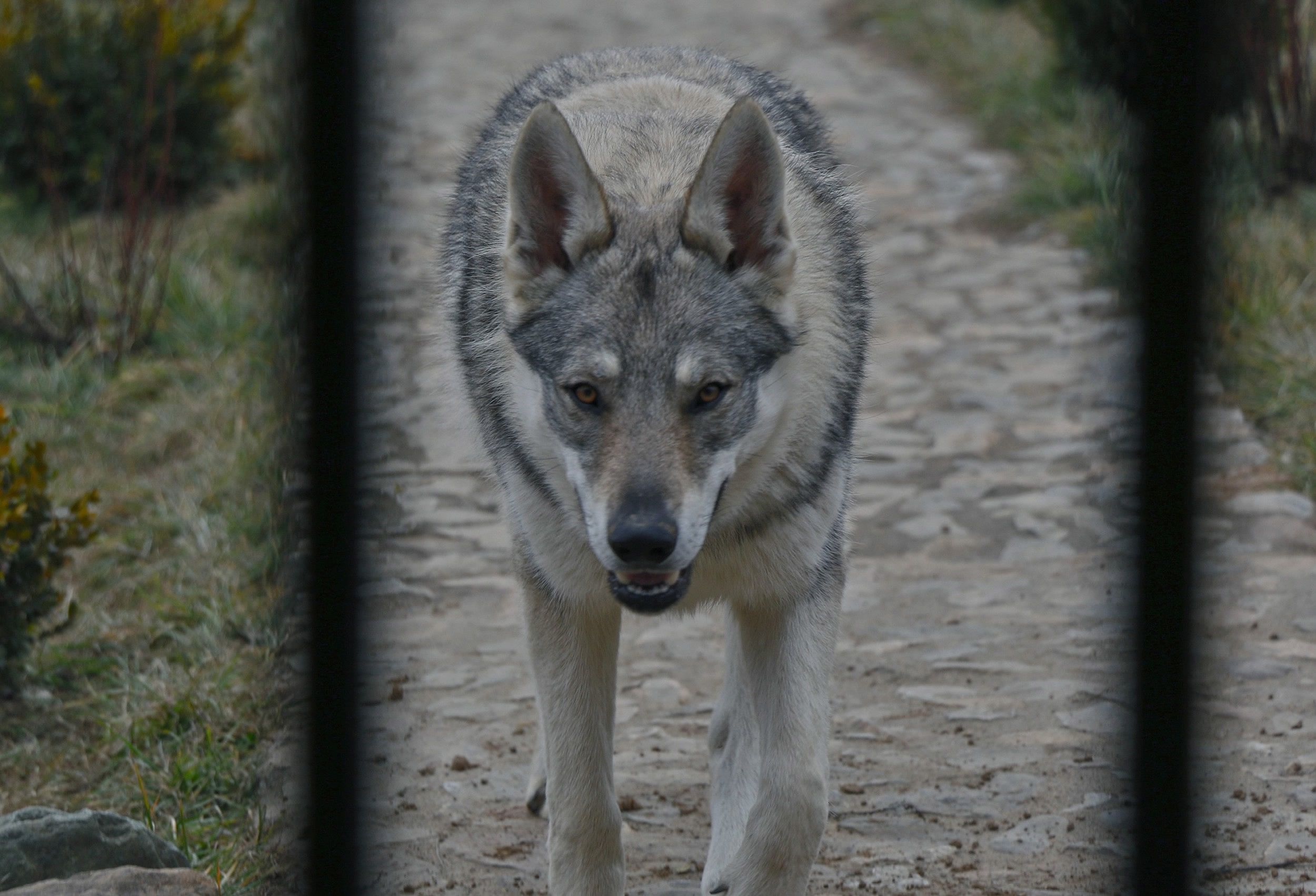
Tech & Sci
10:35, 20-Jul-2017
Genes make dogs man's best friends

Dogs that are extra friendly share certain genetic similarities with people who are born with a developmental disorder sometimes called the "opposite of autism," which makes them hyper social, researchers said Wednesday.
The report in the journal Science Advances pinpointed changes in two genes that are related to extreme social behavior in dogs, and also in people who are born with Williams-Beuren Syndrome.
People with this condition tend to be highly outgoing, gregarious, empathetic, interested in prolonged eye contact, prone to anxiety and may have mild to moderate learning disabilities and intellectual impairment.
The findings offer new insights into how dogs became domesticated and split paths from their wolf ancestors thousands of years ago.

People apply colorful powder and flowers on their dogs during the Kukur Tihar Dog Festival in Mexico, /VCG Photo
People apply colorful powder and flowers on their dogs during the Kukur Tihar Dog Festival in Mexico, /VCG Photo
"It was once thought that during domestication dogs had evolved an advanced form of social cognition that wolves lacked," said co-author Monique Udell, an animal scientist at Oregon State University.
"This new evidence would suggest that dogs instead have a genetic condition that can lead to an exaggerated motivation to seek social contact compared to wolves."
Researchers studied 18 domesticated dogs and 10 captive gray wolves to see how social they were toward people and how they performed on problem-solving tasks. Given the task of lifting a puzzle box lid to get a sausage treat, the canines were rated on how much they turned to a human in the room for help.
The wolves were more likely to figure out how to get the treat than dogs. The dogs were more likely to stare longingly at the nearby people.

The monument on the embankment of the Amur River is to appreciate the dog named Druzhok. It has considered as a symbol of bravery, devotion and love to the home in Russia. /VCG Photo
The monument on the embankment of the Amur River is to appreciate the dog named Druzhok. It has considered as a symbol of bravery, devotion and love to the home in Russia. /VCG Photo
"Where the real difference seems to lie is the dog's persistent gazing at people and a desire to seek prolonged proximity to people, past the point where you expect an adult animal to engage in this behavior," said Udell.
Then, researchers took blood samples and to see how the wolves' and dogs' genetic traits lined up with their personalities.
They found variations in two genes – GTF2I and GTF2IRD1 – "appeared to be connected to dog hyper sociability, a core element of domestication that distinguishes them from wolves," said the report.
The changes weren't identical in humans and dogs. For instance, in dogs, unique genetic insertions called transposons in these genetic regions were linked to a strong tendency to seek out human contact. Some of these transposons "were only found in domestic dogs, and not in wolves at all," said the report.

It's unlikely that humans sought out to tame wild wolves. Rather, the process would have started with the animals approaching hunter-gatherer camps in search of food, researchers said. /VCG Photo
It's unlikely that humans sought out to tame wild wolves. Rather, the process would have started with the animals approaching hunter-gatherer camps in search of food, researchers said. /VCG Photo
"We haven't found a 'social gene,' but rather an important [genetic] component that shapes animal personality and assisted the process of domesticating a wild wolf into a tame dog," said a statement by co-author Bridgett von Holdt, an assistant professor in ecology and evolutionary biology at Princeton University.
"If early humans came into contact with a wolf that had a personality of being interested in them, and only lived with and bred those 'primitive dogs,' they would have exaggerated the trait of being social," von Holdt said.
(Source: AFP)

SITEMAP
Copyright © 2018 CGTN. Beijing ICP prepared NO.16065310-3
Copyright © 2018 CGTN. Beijing ICP prepared NO.16065310-3